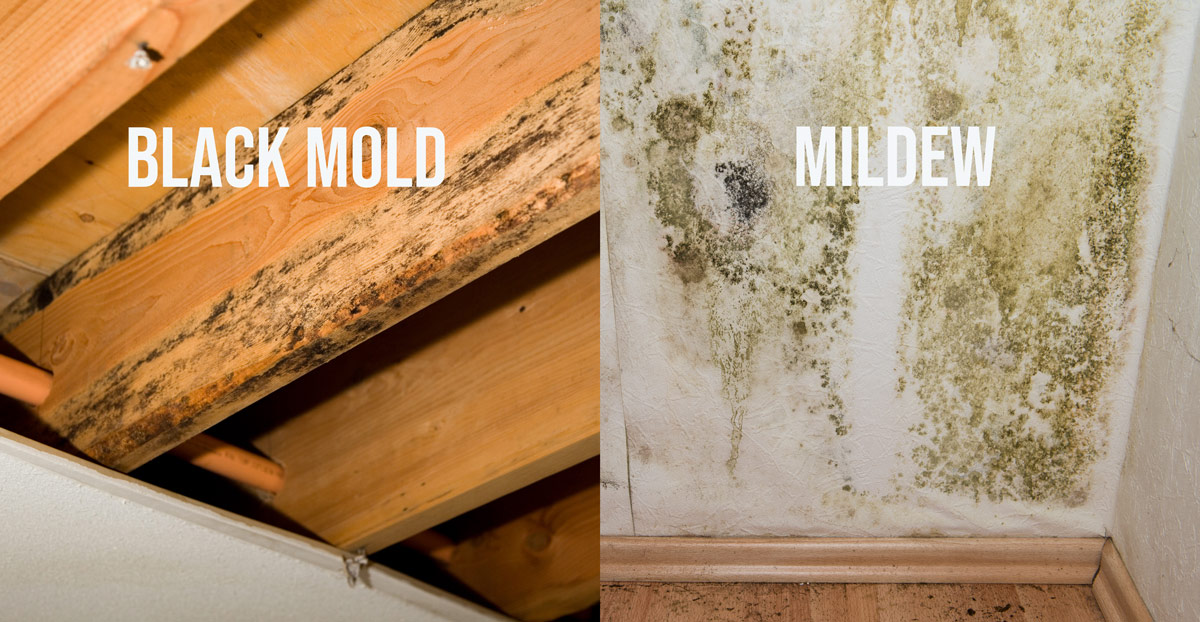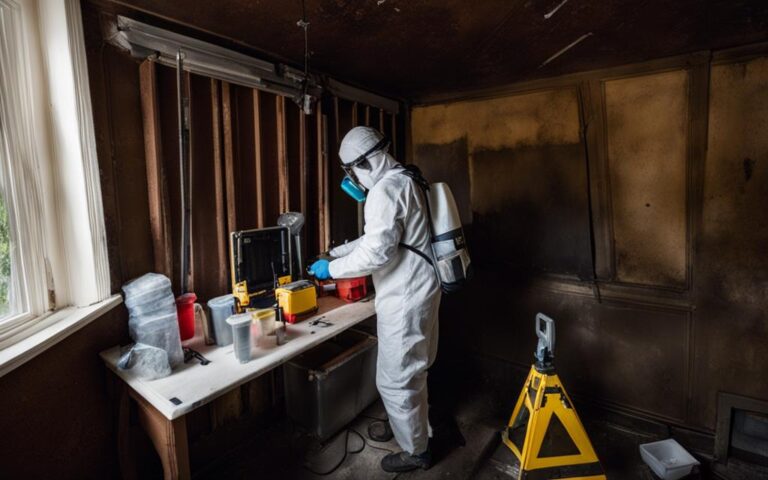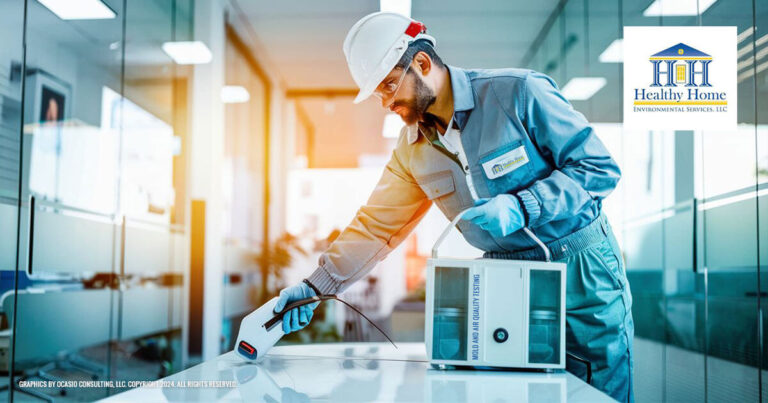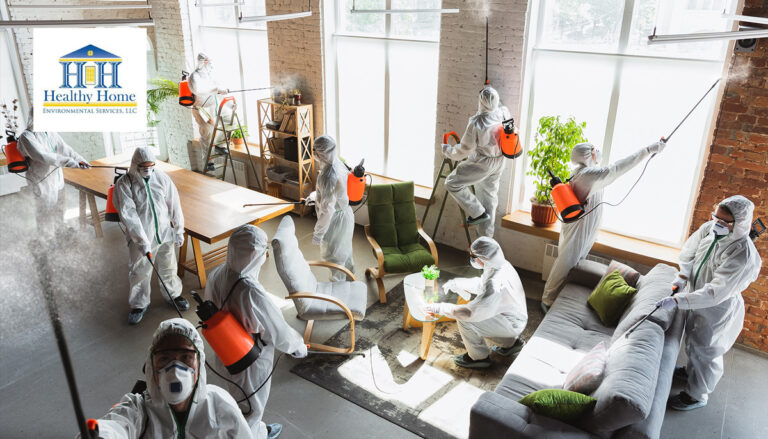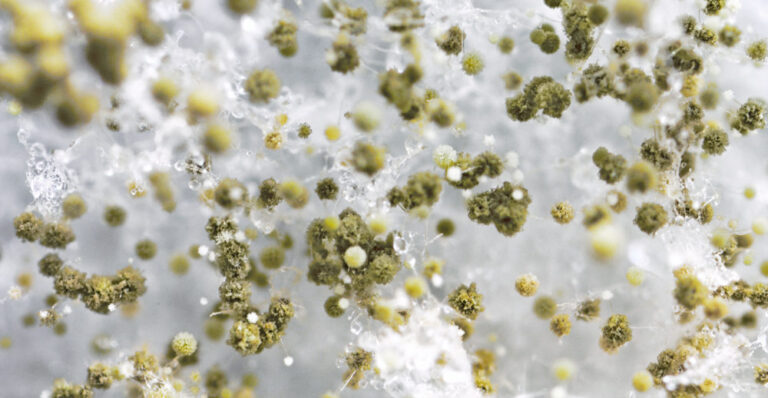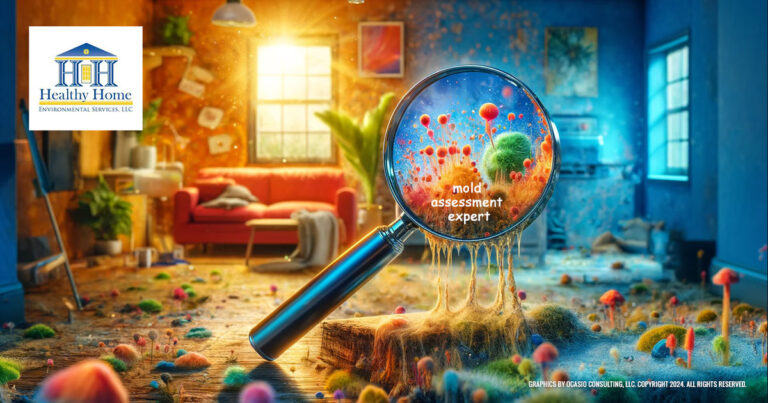Black Mold vs. Mildew: What’s the Difference?
As homeowners, we all have experienced mold and mildew at some point in our lives. They are both unsightly, can cause health problems, and can even damage the structure of our homes. But did you know that not all molds and mildews are the same?
In this article, we will discuss the difference between black mold and mildew, how to identify them, their health effects, and how to get rid of them.
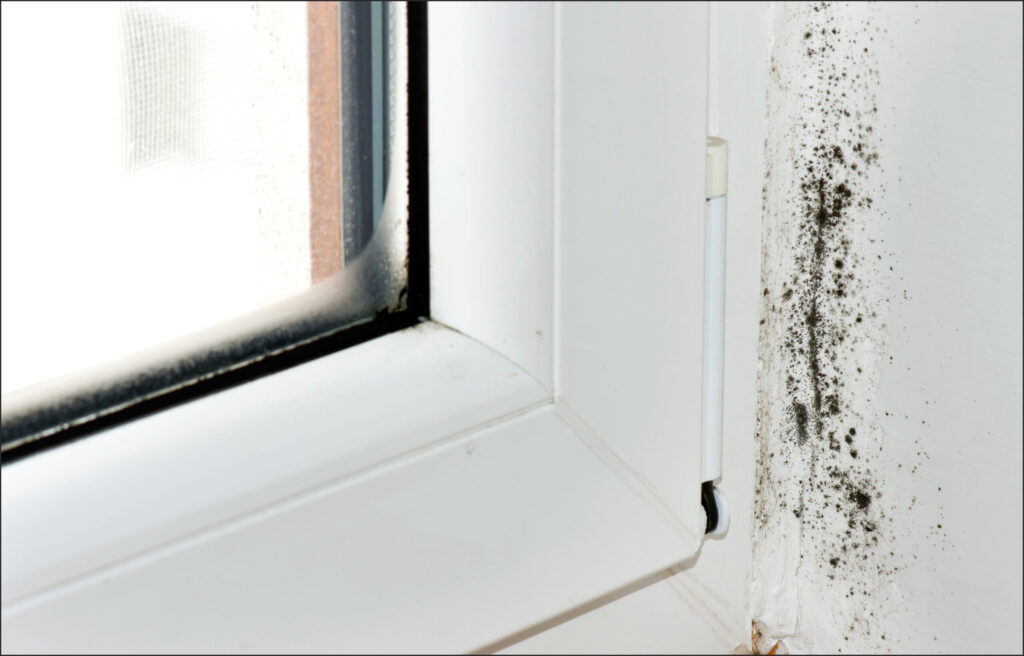
Table of Contents
Introduction
Mold and mildew are both types of fungi that thrive in damp, warm environments. They can grow on almost any surface and spread quickly if not addressed. However, black mold and mildew are two different things, and it’s important to know the difference between them to prevent further damage to your home and protect your health.
What is Mold?
Mold is a type of fungus that grows in moist, warm environments. It can grow on almost any surface, including wood, carpet, and drywall. Mold reproduces by releasing spores into the air, which can cause respiratory problems if inhaled.
There are many different types of mold, including black mold (Stachybotrys chartarum), green mold, white mold, and orange mold. Some molds produce mycotoxins, which can cause serious health problems.
What is Mildew?
Mildew is a type of fungus that grows on damp surfaces, such as shower curtains, bathroom tiles, and fabrics. It is usually white or gray in color and has a powdery appearance.
Unlike mold, mildew is not as harmful to your health. However, it can cause allergies and respiratory problems in some people.
Differences between Black Mold and Mildew
Black mold and mildew are often confused with each other because they look similar. However, there are some key differences between the two.
Black mold is usually slimy or fuzzy in appearance and is black or dark green in color. It can grow in places where there is a lot of moisture, such as bathrooms, basements, and crawl spaces. Black mold can also cause serious health problems, including respiratory problems, skin irritation, and allergic reactions.
Mildew, on the other hand, is usually powdery or fluffy in appearance and is white or gray in color. It typically grows on surfaces that are damp but not completely wet, such as shower curtains, fabrics, and leather. Mildew can cause respiratory problems and allergies, but it is not as harmful as black mold.
How to Identify Black Mold and Mildew
Identifying black mold and mildew can be tricky because they look similar. However, there are some key differences you can look for.
Black mold has a slimy or fuzzy appearance and is usually black or dark green in color. It often has a musty, earthy smell and can grow in places where there is a lot of moisture, such as bathrooms, basements, and crawl spaces.
Mildew, on the other hand, has a powdery or fluffy appearance and is usually white or gray in color. It typically grows on surfaces that are damp but not completely wet, such as shower curtains, fabrics, and leather.
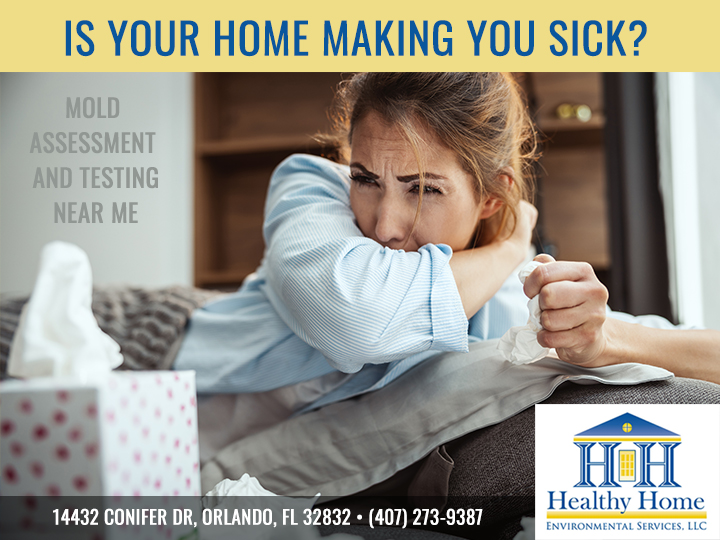
Health Effects of Black Mold and Mildew
Black mold and mildew can both cause health problems, but black mold is more harmful than mildew. Black mold can cause respiratory problems, skin irritation, allergic reactions, and even neurological problems in some people.
It produces mycotoxins, which can be dangerous if inhaled. Mildew can cause respiratory problems and allergies, but it is not as harmful as black mold.
Getting Rid of Black Mold and Mildew
If you suspect that you have black mold or mildew in your home, it’s important to address the problem as soon as possible. Here are some tips for getting rid of black mold and mildew:
- Wear protective gear, such as gloves and a mask, when cleaning mold and mildew.
- Use a solution of water and bleach or vinegar to clean the affected area. For black mold, you may need to use a stronger solution or hire a professional mold remediation company.
- Dry the affected area completely to prevent further growth.
- Address any underlying moisture issues, such as leaks or condensation.
- Dispose of any items that cannot be cleaned, such as carpet or drywall.
Preventing Black Mold and Mildew
The best way to prevent black mold and mildew is to address moisture issues in your home. Here are some tips for preventing mold and mildew growth:
- Keep your home well-ventilated.
- Use a dehumidifier in damp areas, such as basements and bathrooms.
- Fix any leaks or water damage as soon as possible.
- Clean and dry any spills or water damage immediately.
- Use mold-resistant paint in areas that are prone to moisture.
The Importance of Professional Mold Remediation
While DIY mold removal can be effective in some cases, it’s important to hire a professional mold inspector who will provide you with a mold protocol report for mold remediation. if you have a large or severe mold problem. Professional mold remediation companies have the tools and expertise to safely remove mold and prevent further growth. This can save thousands in eventual mold damages.
DIY vs. Professional Mold Removal
If you have a small or isolated mold problem, DIY mold removal may be effective. However, if you have a large or severe mold problem, it’s best to hire a professional mold remediation company. Professional mold remediation companies have the tools and expertise to safely remove mold and prevent further growth.
Common Myths about Mold and Mildew
There are many myths about mold and mildew, which can make it difficult to know how to address the problem. Here are some common myths about mold and mildew:
- Myth: Bleach kills all types of mold. Fact: Bleach is only effective against some types of mold and can actually make the problem worse in some cases.
- Myth: You can remove mold with soap and water. Fact: Soap and water may not be effective against all types of mold and can actually spread the spores.
- Myth: Mold is only a problem in humid climates. Fact: Mold can grow anywhere there is moisture, regardless of the climate.
Conclusion
In conclusion, black mold and mildew are two different types of fungi that can cause health problems for you and your family and damage to your home. It’s important to know the difference between the two and take steps to prevent and address mold and mildew growth. If you have a large or severe mold problem, it’s best to hire a professional mold remediation company.
Check out our guide to Understanding the Importance of Reporting Black Mold to Health Departments.



